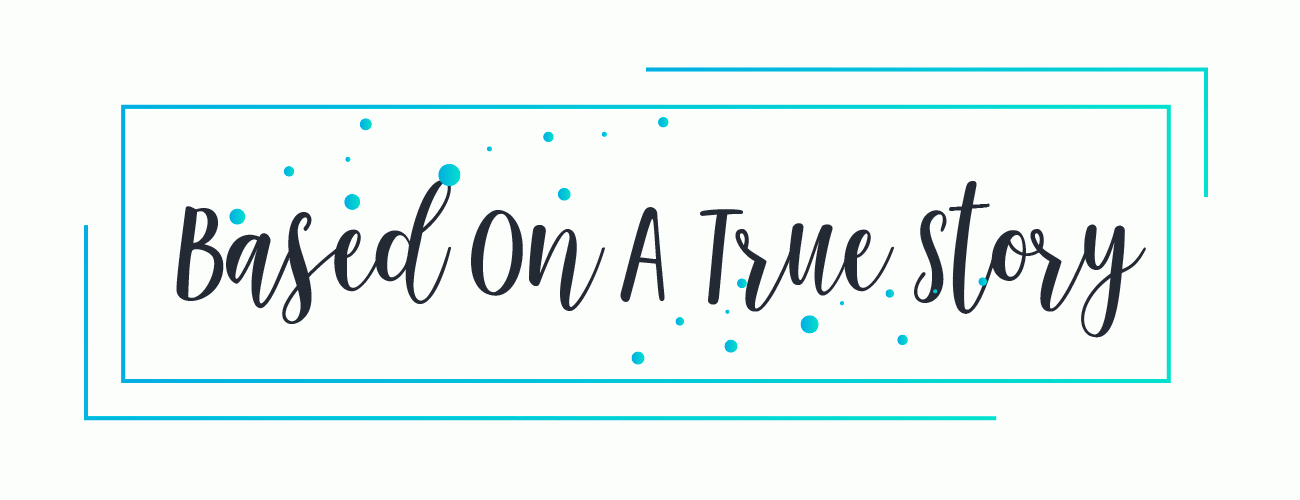 The Greater Journey: Americans in Paris by David McCullough
The Greater Journey: Americans in Paris by David McCullough
My rating: 4 of 5 stars
Nonfiction, audio
During the 1800s many Americans moved to France to learn. Some studied art. Some studied medicine. Some were diplomats trying to make sense of the increasingly unstable country they found themselves in. What they would learn during their time in France would impact their lives and teach them useful skills that they took back to the young United States.
I was a bit confused when I started this book. I was listening to the audio and it starts with a whole cast of characters that it is jumping and forth between. It throws dates around willy nilly. I wasn’t sure that it was going to settle down and start making sense as a consistent narrative but it did after the first few chapters.
It starts out discussing the lives of American artists who went to study in France. In the early to mid 1800s there were no museums in France and no way for artists to see the masterworks of Western art without traveling to Europe. I had never thought of that. The book focuses on Samuel Morse, a talented painter with a side interest in inventing.
His master work was Gallery of the Louvre. He imagined his ideal gallery with all his favorite paintings in one place. His idea was that he would take it back to America and show other artists the works that they hadn’t seen. He also painted his friends into the picture. That is James Fenimore Cooper and his family on the upper left. Cooper came every day to the Louvre to watch him paint.
I didn’t know that Samuel Morse was a painter. Eventually he gave up his successful career and focused on his invention – the telegraph.
Medical students came to Paris too. There weren’t any equivalent medical schools in the United States. Elizabeth Blackwell, the first American woman to earn a medical degree, came but had to study midwifery because no school would admit her. Several of the students who studied in Paris at this time went home to found medical schools in the U.S. based on the French models.
Sometimes the most important things students learned wasn’t in their area of study. Charles Sumner enrolled in the Sorbonne and noticed that black students were treated no differently than white students. He decided that racism was learned and not innate. He because such a vocal abolitionist Senator that eventually he was savagely beaten on the floor of the Senate.
Elihu Washburne was the U.S. Ambassador to France during the siege of Paris in the Franco-Prussian War. He wrote a diary that gives insight into conditions in Paris. He was the only foreign diplomat not to flee the city. Because of this he aided in the evacuation of British civilians in addition to American citizens. This section discussed French politics of the late 1800s when it appeared that the French people had lost their collective minds in my opinion.
The book ends with Augustus Saint-Gaudens, a sculptor from the United States who studied in France and used French craftsmen to make his large Civil War monuments like this monument to General Sherman.
There are many more people profiled giving an overview of the history of France in the 1800s as seen through the eyes of Americans.


